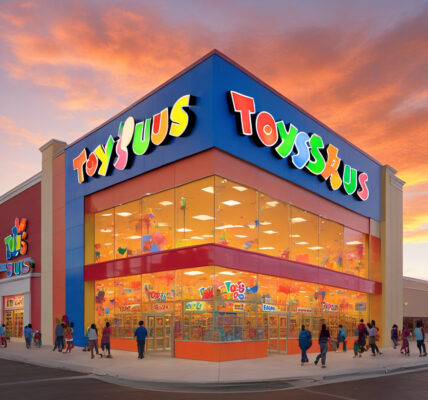B2B distributor sales are currently facing significant challenges in achieving robust growth. As of May 2024, sales figures for merchant wholesalers, excluding manufacturers’ sales branches and offices, have reached $666.7 billion. This reflects only a modest increase of 0.4% from $654.3 billion in May 2023. It is noteworthy that seasonally adjusted U.S. wholesale sales experienced a slightly better outcome, rising by 0.7% over the first five months of 2024 compared to the same period last year.
This stagnation highlights the complexities within the B2B distribution landscape. Factors influencing this slow growth include increased competition, shifts in customer behavior, and the overarching economic climate that continues to impact purchasing decisions. For instance, B2B buyers are increasingly leaning toward eCommerce solutions, seeking greater efficiency and convenience. However, the inconsistency in eCommerce sales suggests that not all distributors have adapted to this shift effectively.
To thrive in this competitive environment, B2B distributors must focus on enhancing the online shopping experience. This can include optimizing websites for user experience, providing detailed product information, and streamlining the checkout process. Investing in digital marketing strategies such as SEO and targeted advertising can also help in reaching a wider audience effectively.
Ultimately, while the current figures reflect a slow growth trajectory, the potential remains high for those willing to innovate and adapt. By prioritizing eCommerce capabilities and understanding their customers’ evolving needs, B2B distributors can position themselves for future success. The landscape is challenging, but with strategic efforts, growth can still be achieved.












